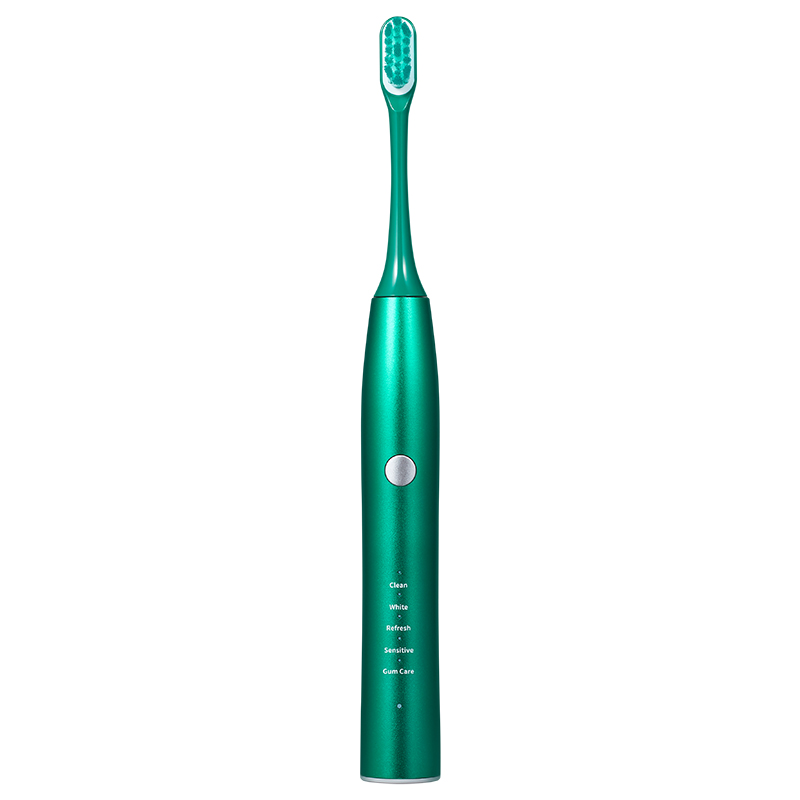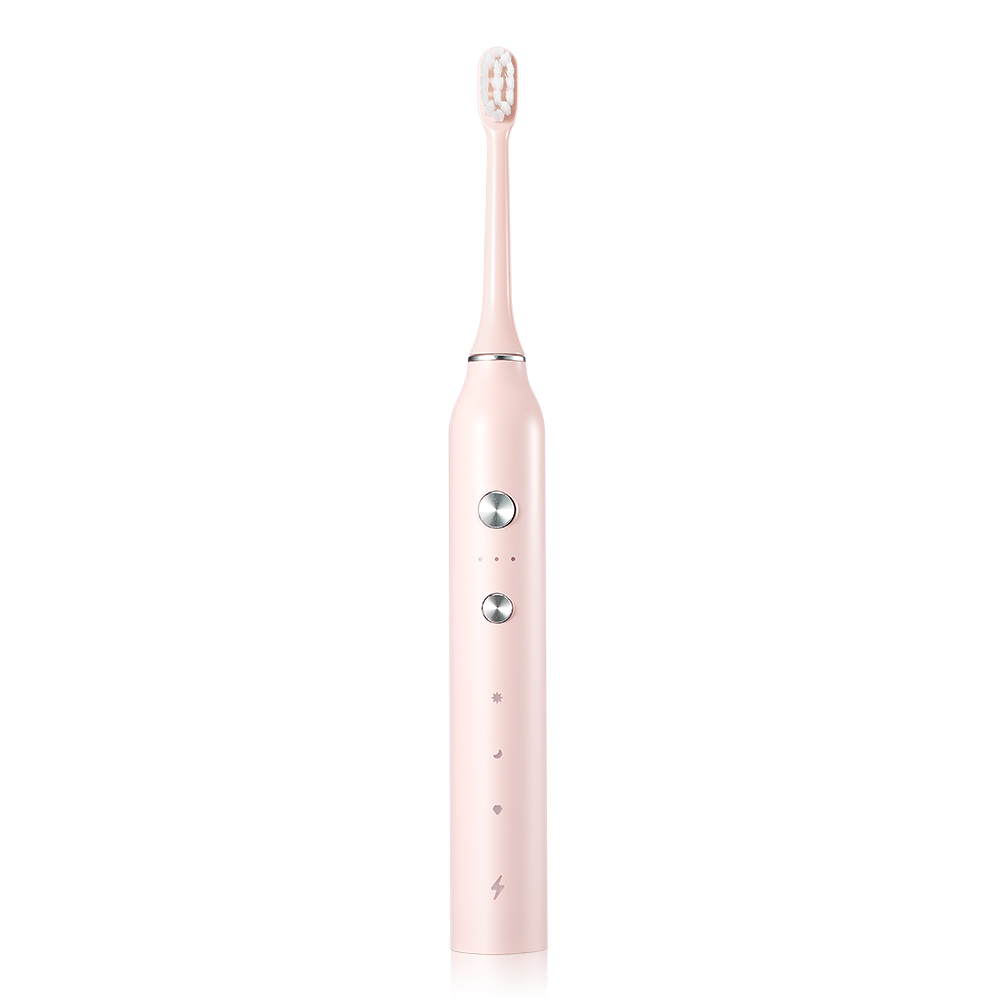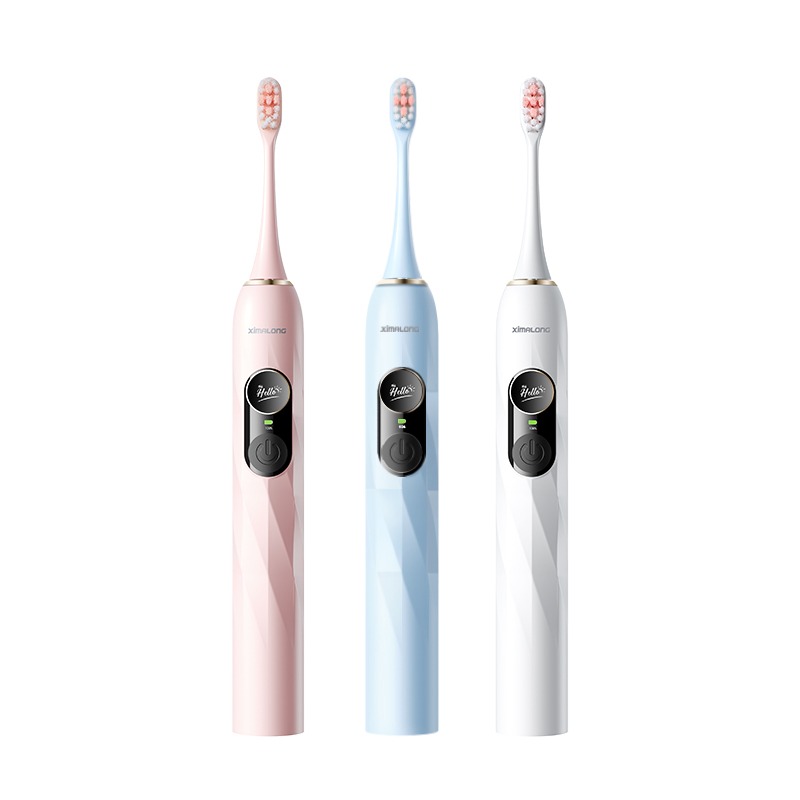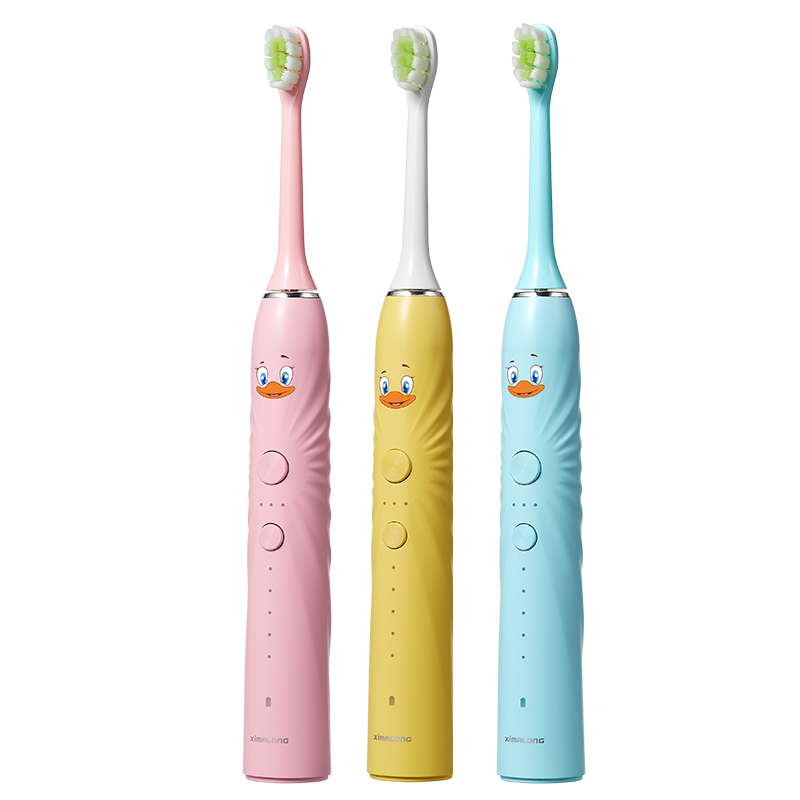The Science Behind Ultrasonic Electric Toothbrushes: How They Work

When it comes to oral hygiene, technology has paved the way for significant advancements. Among these, ultrasonic electric toothbrushes stand out as a cutting-edge tool for achieving superior dental health. In this article, we’ll dive into the science behind ultrasonic electric toothbrushes, their functionality, and why they are a game-changer for oral care.
What Is an Ultrasonic Electric Toothbrush?
An ultrasonic electric toothbrush is a specialized type of toothbrush that uses ultrasonic waves to clean your teeth. Unlike regular electric toothbrushes that rely on mechanical vibrations or rotating bristles, ultrasonic toothbrushes operate at an exceptionally high frequency, typically around 1.6 MHz (megahertz).
This high-frequency vibration creates millions of microscopic bubbles in the saliva through a process known as cavitation. These bubbles burst near the tooth surface, dislodging plaque, bacteria, and debris from hard-to-reach areas.
How Does an Ultrasonic Electric Toothbrush Work?
The key to an ultrasonic electric toothbrush is its piezoelectric crystal, which generates ultrasonic waves. Here's how it works step by step:
1.Ultrasonic Waves Activation:
The piezoelectric crystal inside the toothbrush converts electrical energy into ultrasonic vibrations. These vibrations occur at a frequency far beyond what the human ear can hear.
2.Cavitation Effect:
As the ultrasonic waves pass through saliva, they create tiny air bubbles that implode, releasing energy. This energy effectively breaks down plaque and disrupts bacterial chains.
3.Bristle Movement:
While ultrasonic waves do the heavy lifting, the bristles of the toothbrush add a secondary layer of cleaning. They gently sweep away the dislodged plaque and provide a polished finish to your teeth.
4.Reach Beyond Contact:
Ultrasonic technology works even in areas where the bristles cannot physically reach, such as between teeth and under the gumline, making it highly effective for comprehensive oral hygiene.

Benefits of Ultrasonic Electric Toothbrushes
1.Enhanced Plaque Removal:
Ultrasonic waves break down plaque more efficiently than manual or standard electric toothbrushes.
2.Gentle on Gums:
The non-invasive action of ultrasonic waves makes these toothbrushes ideal for people with sensitive gums or teeth.
3.Improved Gum Health:
By reaching below the gumline, ultrasonic toothbrushes can help reduce inflammation and prevent gum diseases.
4.Time Efficiency:
Ultrasonic toothbrushes clean thoroughly in a shorter amount of time, making them convenient for busy individuals.
Who Should Use an Ultrasonic Electric Toothbrush?
While ultrasonic electric toothbrushes are suitable for most users, they are especially beneficial for:
Individuals with sensitive teeth or gums.
Those wearing braces or dental implants.
People prone to plaque buildup or gum disease.
Tips for Using an Ultrasonic Electric Toothbrush
Follow Instructions: Always read the user manual to understand the specific features of your toothbrush.
Use Proper Technique: Hold the brush at a 45-degree angle and let the ultrasonic waves do the work—avoid scrubbing vigorously.
Replace Brush Heads Regularly: Change the brush head every three months for optimal performance.
Pair with Fluoride Toothpaste: Combine the ultrasonic toothbrush with fluoride toothpaste for maximum cavity protection.

Conclusion
The ultrasonic electric toothbrush represents a leap forward in oral care technology. By harnessing ultrasonic waves, it delivers a deeper, gentler clean that promotes healthier teeth and gums. Whether you're dealing with sensitive teeth or looking for an effective way to enhance your oral hygiene, this innovative toothbrush is worth considering.
Invest in an ultrasonic electric toothbrush today and experience the science-backed benefits that lead to a brighter, healthier smile.




